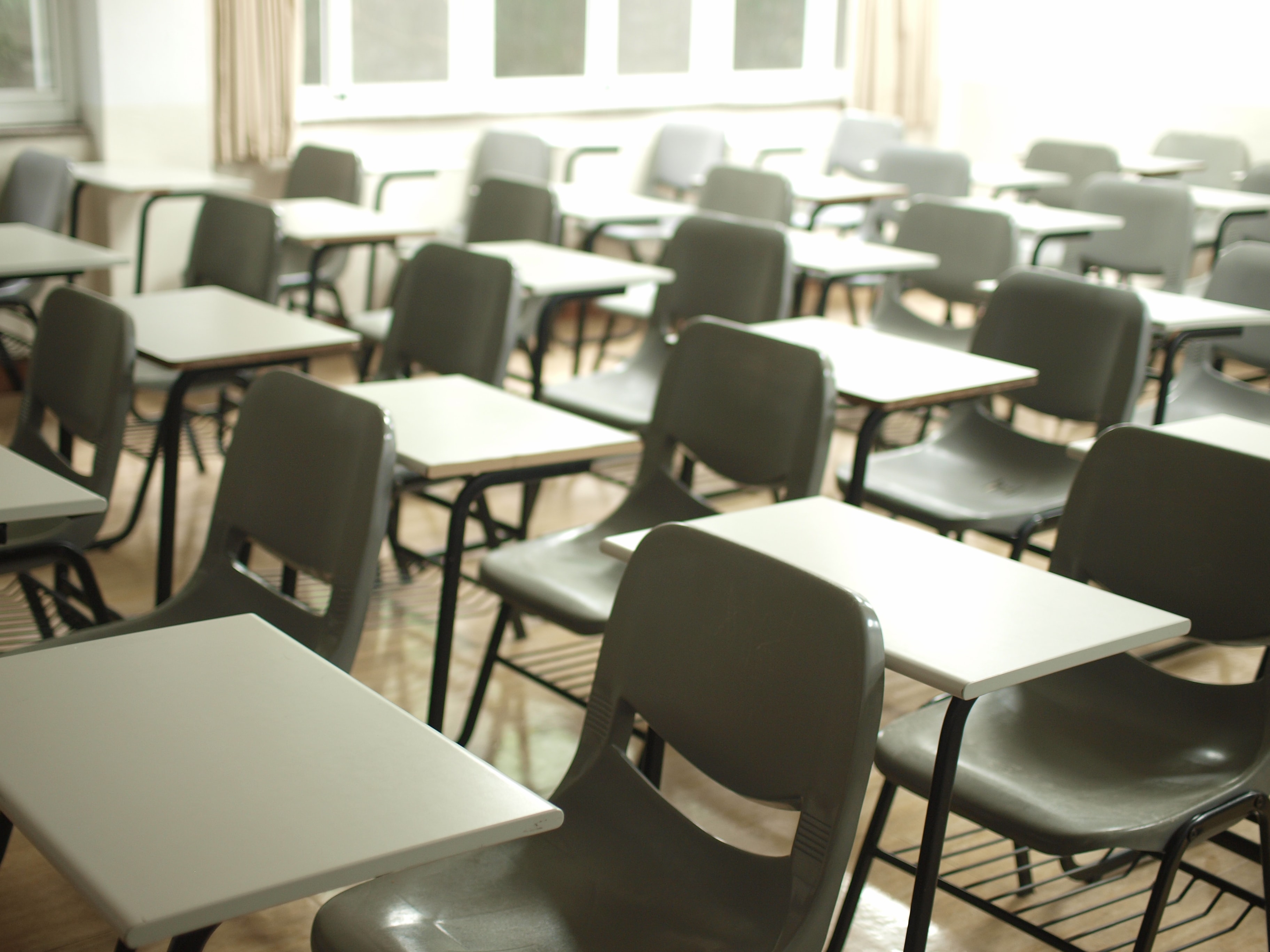
The Impact of Poor Air Quality in Schools, Colleges & Universities
A report published by Environmental Health has indicated that pupils attending schools, colleges and universities with low air quality are much more likely to experience health problems. Research has also indicated that improving air quality could be as effective in reducing aerosol transmission of the COVID-19 virus as vaccinating 50% to 60% of the population.
With these two facts combined, and the impact on learning that students have already experienced within the past 18 months, it has never been more important to ensure optimum air quality within our classrooms.
At school, both pupils and teachers are more at risk of being exposed to COVID-19 due to the mixing of significant households. Currently in some schools across the UK, air quality levels are at unsafe and even illegal levels, putting its occupants at even higher risk of virus transmission.
While the coronavirus is currently a key concern, poor air quality has also been linked to reduced cognitive function and risk of disease – inclusive of cancer.
In the past, carbon dioxide, volatile organic compounds (VOC’s) and particulate matter (PM) have been the key areas of focus when considering air quality. Today, we should also look to take into consideration humidity and temperature – both of which play a role in the transmissibility and survivability virus’ as well as impacting our own immune systems.
When planning a proactive air quality improvement strategy, it’s important to recognise that every school and its buildings are unique. Increasing the ventilation of a building may work in one scenario, but in another lead to poor temperature and humidity conditions which can have an impact on the health of pupils.
Because of this, school should take a bespoke approach to managing internal air quality and, in turn, the indoor transmission of COVID-19.
The use of Internet of Things systems is being trialled at schools across the UK, with solutions being put in place ready for the full-time return to the classroom in September.
By using smart sensors to monitor CO2, PM, VOC’s, temperature and humidity within schools, staff can take proactive and preventative measures to improve the quality of air within buildings and reduce the impact on pupils.
Good quality smart solutions will deliver data in real-time through a personalized, user-friendly data platform. At Invisible Systems, we have taken another step by offering real-time alerts when a condition falls outside of its predefined threshold. Available by text, call or email, the alerts aim to enhance overall user experience.
If you require a bespoke consultation for air quality monitoring within your school, please get in touch and one of our IoT experts will be happy to help.








